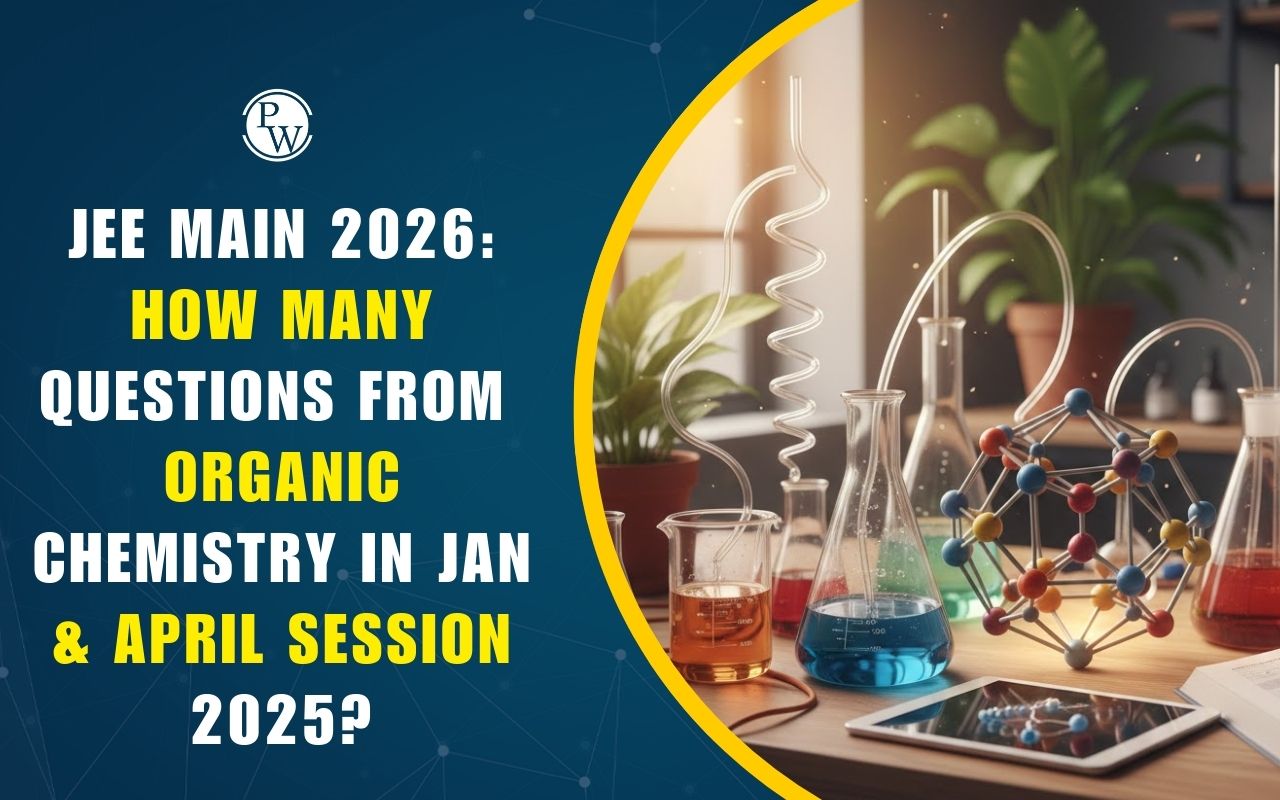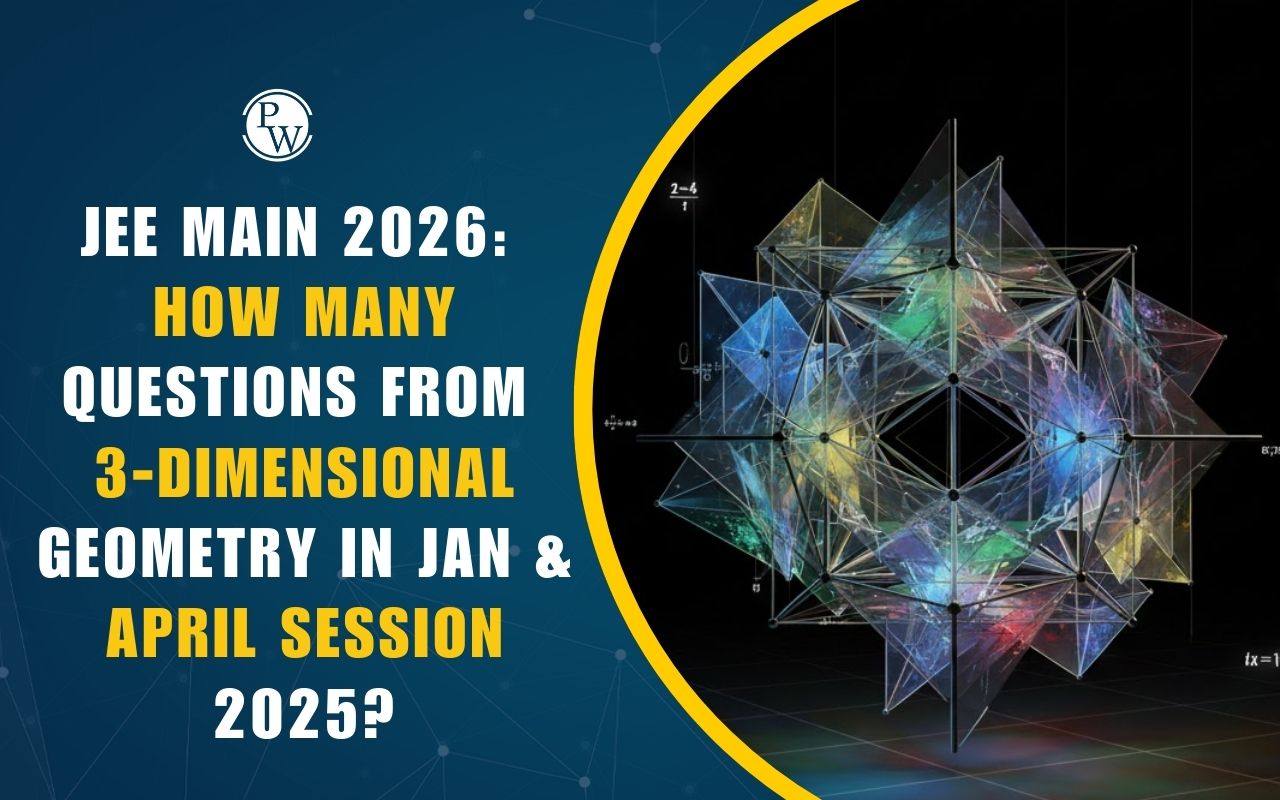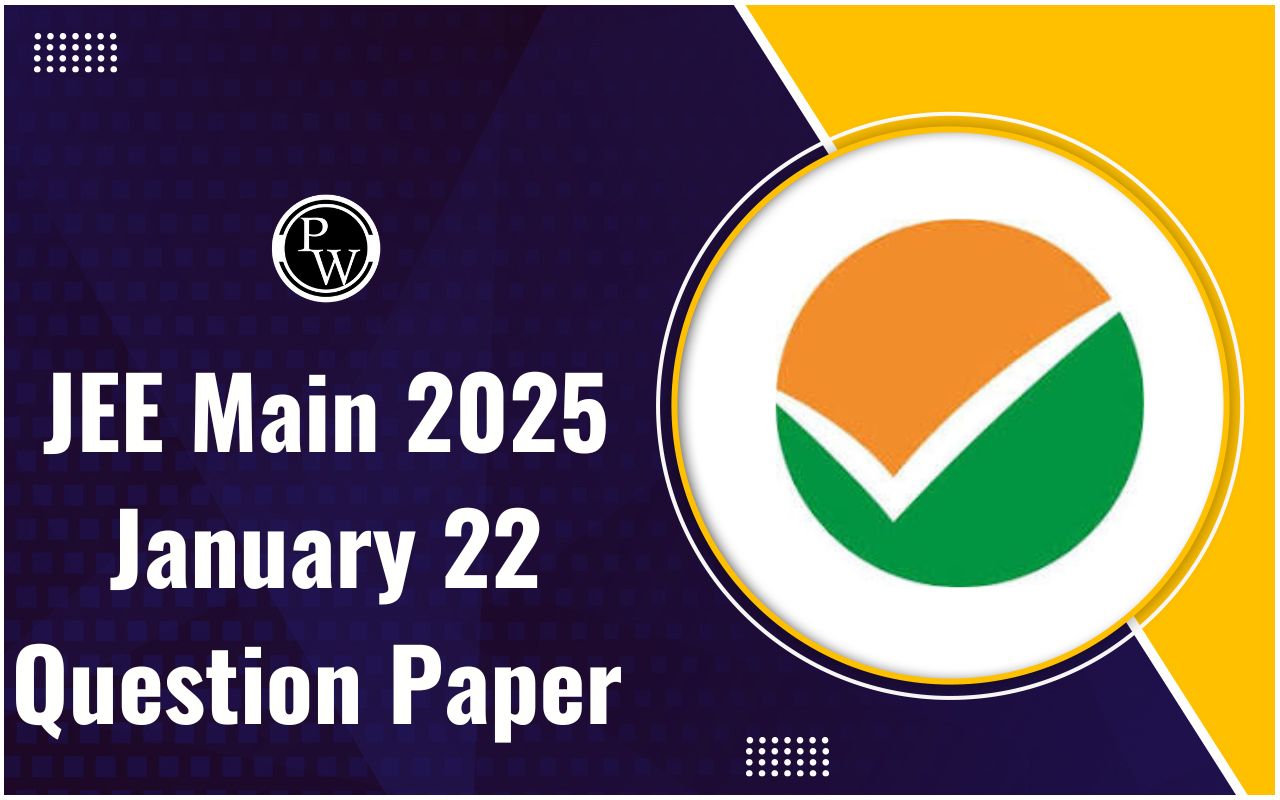
Condensation occurs when water vapor(gaseous phase) is subjected to low temperature (cooling) or high pressure (compression), and it gets converted into water(liquid phase). This change in state from gas to liquid triggers the pouring of rain from clouds. As the clouds rise higher, the temperature drops below the due point, and pressure increases due to the mixing of more vapor in the clouds. These conditions force the vapor in clouds to condense and fall down as rainwater resulting in precipitation.
Also Check : JEE Exam 2024
Definition of Condensation
The process of Condensation can be defined in multiple ways such as:- The process through which matter changes its state from gaseous to liquid when subjected to low temperature or high pressure. For example, the conversion of clouds into rain.
- The process through which different molecules combine resulting in the release of water molecules. For example, when two glucose molecules combine to form sucrose by releasing a water molecule.
- A reaction in which heat is lost from a system due to the transformation of a gas into a liquid. For example, when we breathe out warm air during winter, it instantly loses heat to the environment and the vapor condenses to release fog.
Check : Minimum Marks Required to Clear JEE Main Exam
Process of Condensation
Taking into consideration the definition of condensation, we know that liquid or vapor cools down to release heat and changes into liquid or water. This implies that the system gains heat which is lost from the matter. So, the equation of condensation can be written as△Hvap=−△Hcond
Where, △Hvap is the enthalpy of vaporization and △Hcond is the enthalpy of condensation. Enthalpy of Vaporization is the amount of heat that must be added to transform a liquid into a gas and Enthalpy of Condensation is the amount of heat that is released by a gas when it is converted to liquid. As evident from the above equation, the enthalpy of vaporization is positive because heat is absorbed or gained from the system and the enthalpy of condensation is negative because heat is released or lost to the system. Based on this, we can equate the condensation of water vapor into the water chemically asH2O(g) ⇌ H2O(l)
Different forms of Condensation
Dew point is the temperature at which the water vapor present in the atmosphere gets saturated. A rise in temperature above the dew point triggers the condensation of water vapor into droplets. Depending upon the dew point, condensation of water vapor can take the following forms-- Dew - Dew is the term used to describe moisture that is deposited as water droplets on colder solid objects like rocks, grass, and plant leaves. Clear skies, quiet winds, high relative humidity, and chilly, long nights are the optimum circumstances for its creation.
- Fog - Condensation occurs on fine dust particles when the temperature of a mass of air that contains a significant amount of water vapor suddenly drops. In other words, the fog is a cloud whose base is at or extremely close to the ground. As a result of the fog, visibility gets highly reduced.
- Frost - When condensation occurs below the freezing point (0° C), i.e., when the dew point is at or below the freezing point, frost develops on cold surfaces. Instead of water droplets, the extra moisture is left behind as tiny ice crystals. Except that the ambient temperature needs to be at or below freezing point, the optimum circumstances for developing white frost are identical to those for dew formation.
- Mist - The distinction between mist and fog is that mist has a higher moisture content. The nuclei are covered with a thicker coating of moisture in mist. Mountains frequently have mists because warm air moving up the slopes encounters a chilly surface. The dew point remains higher than the freezing point.
Role of Condensation in the Water Cycle
- Water molecules can be found in the air. As the air rises, clouds form in the atmosphere.
- It is possible for water in air to "condense out," resulting in clouds, as it rises and cools.
- One method that water moves geographically throughout the world in the water cycle is through clouds, which float over the terrain.
- Even if there are no clouds in a pure, blue sky, water is still there in the form of water vapor and microscopic droplets that are invisible to the naked eye.
- Depending on the weather, airborne water molecules will interact with minute amounts of dust, salt, and smoke to create cloud droplets.
- As these droplets expand and join, they eventually evolve into clouds, which are visible clouds made of water.
- The process of evaporation turns water from rivers and oceans into vapor and air droplets. Condensation is crucial for air droplets to condense into clouds and eventually combine together to precipitate as rain and the water is returned back to the ground. In this way, the water cycle is completed.
Importance of Condensation
Condensation that occurs naturally regulates many processes and benefits plants and animals in various ways. Some of these benefits include-- Agriculture : Water can fall to the earth as precipitation thanks to condensation. This increases the distribution of water, giving animals and plants greater access to it. Farmers can utilize this condensed water to irrigate crops.
- Human Needs: Atmospheric water exists in a gaseous state without condensation. Humans cannot access vaporized water. Water for many human activities is produced through condensation.
- Usability of Water: Many areas of the world lack access to fresh water. Gaseous water in deserts condenses into dew, which provides water where it is typically in little supply.
- Availability of water: Water molecules would simply float away if moisture particles did not condense, making them unavailable to creatures of all kinds.
- Regulation of Temperature : Condensation results in the precipitation of rainwater which makes the ground cool and moderates the climate thereby creating a sustainable environment.
Condensation: FAQs
Q1. What causes condensation?
Ans. One of two conditions must be met for condensation to occur: either the air must reach its dew point or it must become so saturated with water vapor that it is unable to contain any more water. The temperature when condensation begins is called the dew point. Simply put, dew is atmospherically condensed water.
Q2. What is the primary distinction between condensation and evaporation?
Ans. Evaporation is considered the exact opposite of condensation in terms of change of state of matter. While condensation results in the conversion of gas to a liquid, evaporation transforms liquid into its gaseous state.
Q3. How does Condensation contribute to the water cycle?
Ans. For the water cycle to complete, water that is lost from the ground during evaporation must return back. Condensation facilitates this return by converting the vapor in clouds into water droplets which then pour down as rain.
Q4. How is condensation related to water vapor?
Ans. Water vapor represents the gaseous state of water molecules while condensation represents the process that changes this vapor state into a liquid state (water).
Talk to a counsellorHave doubts? Our support team will be happy to assist you!

Check out these Related Articles
Free Learning Resources
PW Books
Notes (Class 10-12)
PW Study Materials
Notes (Class 6-9)
Ncert Solutions
Govt Exams
Class 6th to 12th Online Courses
Govt Job Exams Courses
UPSC Coaching
Defence Exam Coaching
Gate Exam Coaching
Other Exams
Know about Physics Wallah
Physics Wallah is an Indian edtech platform that provides accessible & comprehensive learning experiences to students from Class 6th to postgraduate level. We also provide extensive NCERT solutions, sample paper, NEET, JEE Mains, BITSAT previous year papers & more such resources to students. Physics Wallah also caters to over 3.5 million registered students and over 78 lakh+ Youtube subscribers with 4.8 rating on its app.
We Stand Out because
We provide students with intensive courses with India’s qualified & experienced faculties & mentors. PW strives to make the learning experience comprehensive and accessible for students of all sections of society. We believe in empowering every single student who couldn't dream of a good career in engineering and medical field earlier.
Our Key Focus Areas
Physics Wallah's main focus is to make the learning experience as economical as possible for all students. With our affordable courses like Lakshya, Udaan and Arjuna and many others, we have been able to provide a platform for lakhs of aspirants. From providing Chemistry, Maths, Physics formula to giving e-books of eminent authors like RD Sharma, RS Aggarwal and Lakhmir Singh, PW focuses on every single student's need for preparation.
What Makes Us Different
Physics Wallah strives to develop a comprehensive pedagogical structure for students, where they get a state-of-the-art learning experience with study material and resources. Apart from catering students preparing for JEE Mains and NEET, PW also provides study material for each state board like Uttar Pradesh, Bihar, and others
Copyright © 2025 Physicswallah Limited All rights reserved.
Get App









